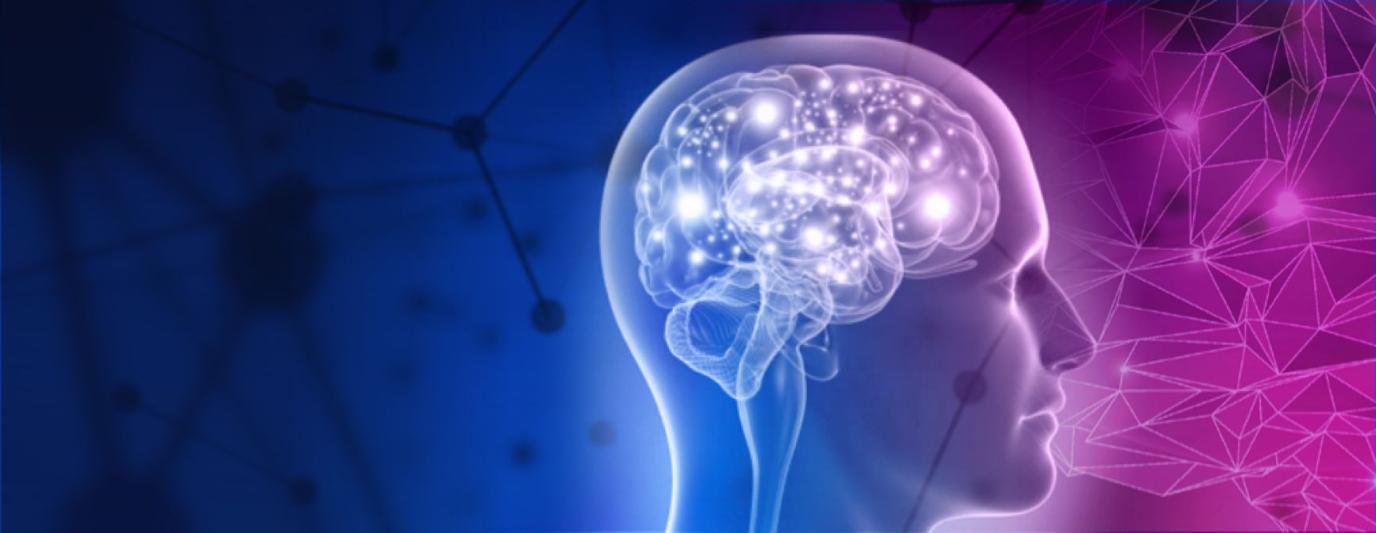Neuroscience Education: A Key to Unlocking the Secrets of Learning and Memory?
The field of neuroscience education has emerged as a promising approach to improving teaching and learning by integrating our understanding of the brain with educational practices. This article explores the significance of neuroscience education, its impact on educational practices, and the challenges and opportunities it presents.

The Brain And Learning
Structure Of The Brain
The brain is a complex organ composed of billions of neurons that communicate through electrical and chemical signals. It consists of various regions, each with specialized functions.
Functions Of The Brain
- Perception: The brain receives and interprets sensory information from the environment.
- Motor Control: The brain sends signals to muscles to control movement and coordination.
- Memory: The brain stores and retrieves information, enabling us to learn and remember.
- Language: The brain processes and produces language, allowing us to communicate and express ourselves.
- Emotion: The brain regulates emotions, influencing our feelings and behaviors.
- Cognition: The brain performs higher-order mental processes such as problem-solving, decision-making, and creativity.
The Role Of The Brain In Learning And Memory
The brain undergoes neuroplastic changes in response to learning experiences. New neural connections are formed, and existing ones are strengthened, creating memory traces. The hippocampus and amygdala play crucial roles in memory formation and consolidation.
Neuroscience And Education
How Neuroscience Can Inform Education
Neuroscience provides valuable insights into how the brain learns, remembers, and processes information. This knowledge can be applied to educational practices to create more effective and engaging learning environments.
The Impact Of Neuroscience On Educational Practices
- Personalized Learning: Neuroscience highlights the importance of tailoring instruction to individual learning styles and needs.
- Active Learning: Engaging students in active learning experiences, such as problem-solving and collaboration, enhances memory formation.
- Multisensory Learning: Incorporating multiple sensory modalities (e.g., visual, auditory, kinesthetic) improves learning outcomes.
- Spaced Repetition: Distributing learning over time, with periodic reviews, strengthens memory consolidation.
- Feedback and Assessment: Providing timely and specific feedback helps students identify areas for improvement and reinforces learning.
Examples Of Neuroscience-Based Educational Practices
- Flipped Classrooms: Students learn new material at home through online resources and engage in interactive activities during class time.
- Project-Based Learning: Students work on real-world projects that require them to apply their knowledge and skills.
- Gamification: Incorporating game elements into learning activities enhances motivation and engagement.
- Mindfulness and Meditation: Practicing mindfulness and meditation techniques can reduce stress and improve focus.
- Brain Breaks: Short breaks during learning sessions allow the brain to rest and consolidate information.
Challenges And Opportunities In Neuroscience Education
Challenges In Implementing Neuroscience Education
- Lack of Teacher Training: Many teachers lack the necessary training and resources to incorporate neuroscience principles into their teaching.
- Limited Research: While neuroscience research has provided valuable insights, more studies are needed to explore the specific applications of neuroscience in educational settings.
- Cultural and Contextual Differences: Educational practices need to be adapted to diverse cultural and contextual factors that influence learning.
Opportunities For Neuroscience Education
- Curriculum Development: Neuroscience can inform the development of curricula that align with how the brain learns best.
- Teacher Training and Professional Development: Providing teachers with training and support can help them integrate neuroscience principles into their teaching.
- Collaboration between Neuroscientists and Educators: Interdisciplinary collaboration can lead to the development of evidence-based educational practices.
- Public Awareness and Advocacy: Raising awareness about neuroscience education can garner support for its implementation.
The Future Of Neuroscience Education

Neuroscience education has the potential to revolutionize teaching and learning by providing a deeper understanding of how the brain learns. As research continues to uncover more about the brain's intricate workings, we can expect to see further advancements in neuroscience-based educational practices.
Summary Of Key Points
- Neuroscience education integrates our understanding of the brain with educational practices to improve teaching and learning.
- The brain undergoes neuroplastic changes in response to learning experiences, forming new neural connections and strengthening existing ones.
- Neuroscience can inform educational practices by providing insights into how the brain learns, remembers, and processes information.
- Neuroscience-based educational practices include personalized learning, active learning, multisensory learning, spaced repetition, and feedback.
- Challenges in implementing neuroscience education include lack of teacher training, limited research, and cultural and contextual differences.
- Opportunities for neuroscience education include curriculum development, teacher training, collaboration between neuroscientists and educators, and public awareness.
Implications For Educators
Educators should strive to incorporate neuroscience principles into their teaching practices to create more effective and engaging learning environments.
Call For More Research And Collaboration

More research is needed to explore the specific applications of neuroscience in educational settings and to develop evidence-based practices. Collaboration between neuroscientists and educators is crucial for advancing the field of neuroscience education.
YesNo

Leave a Reply